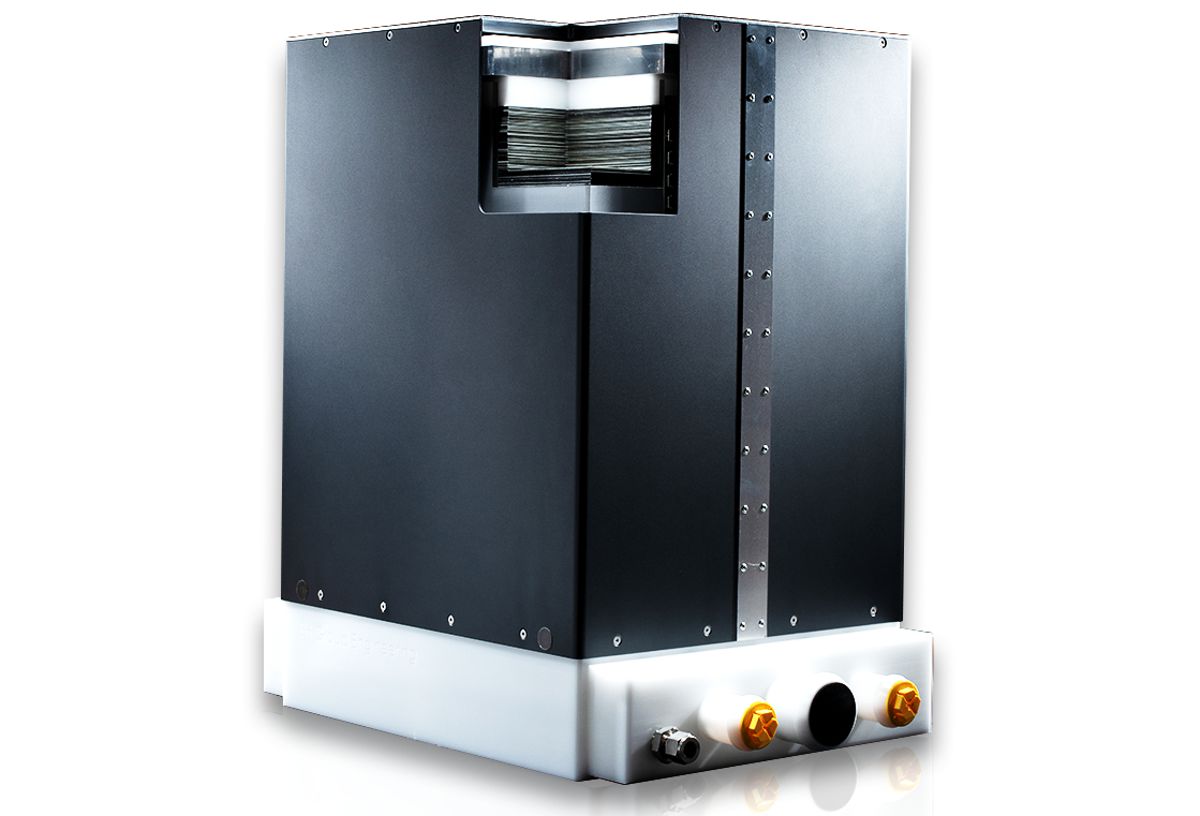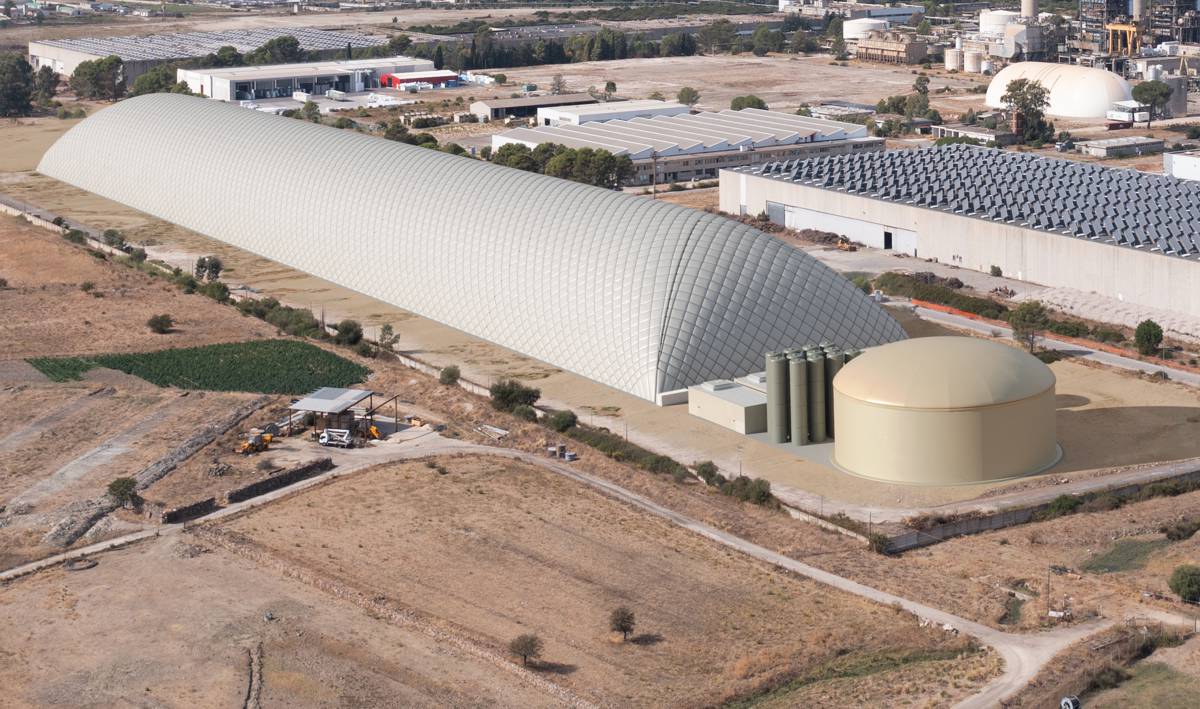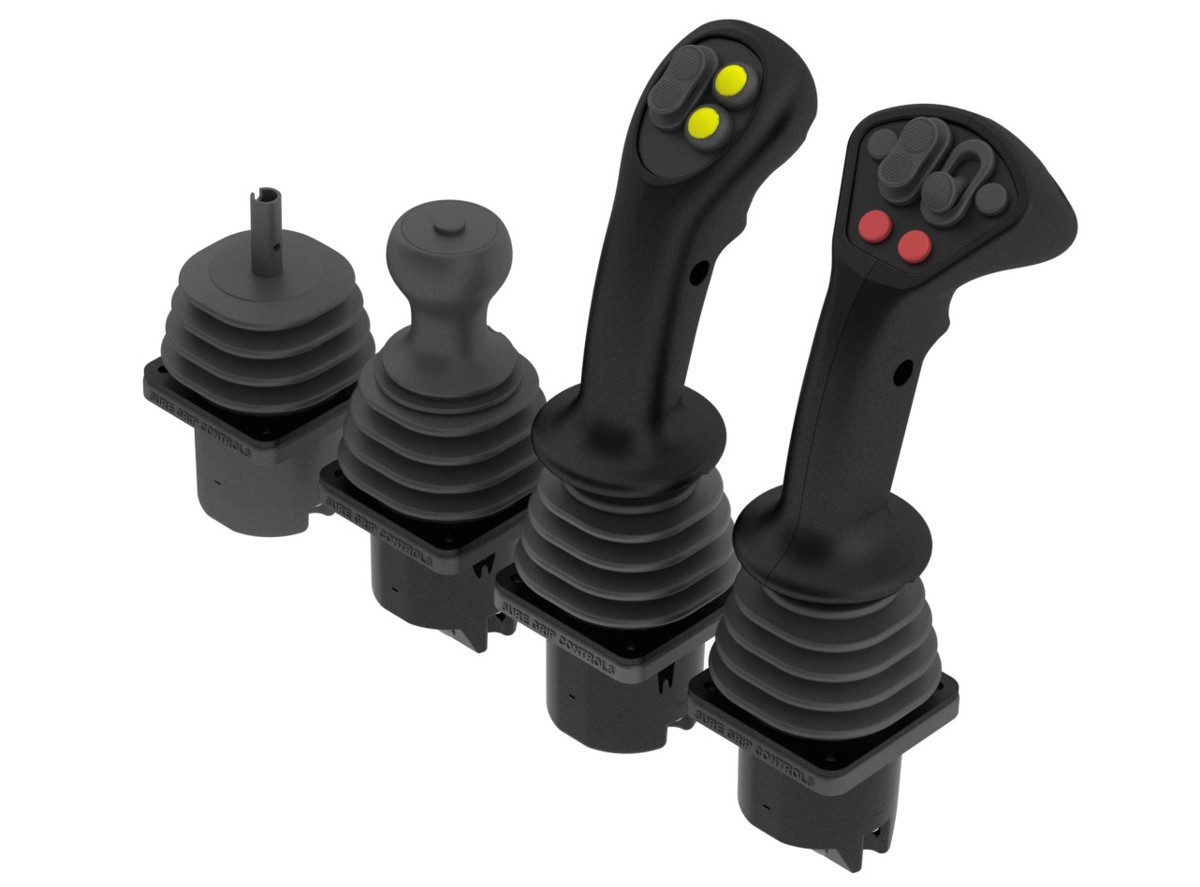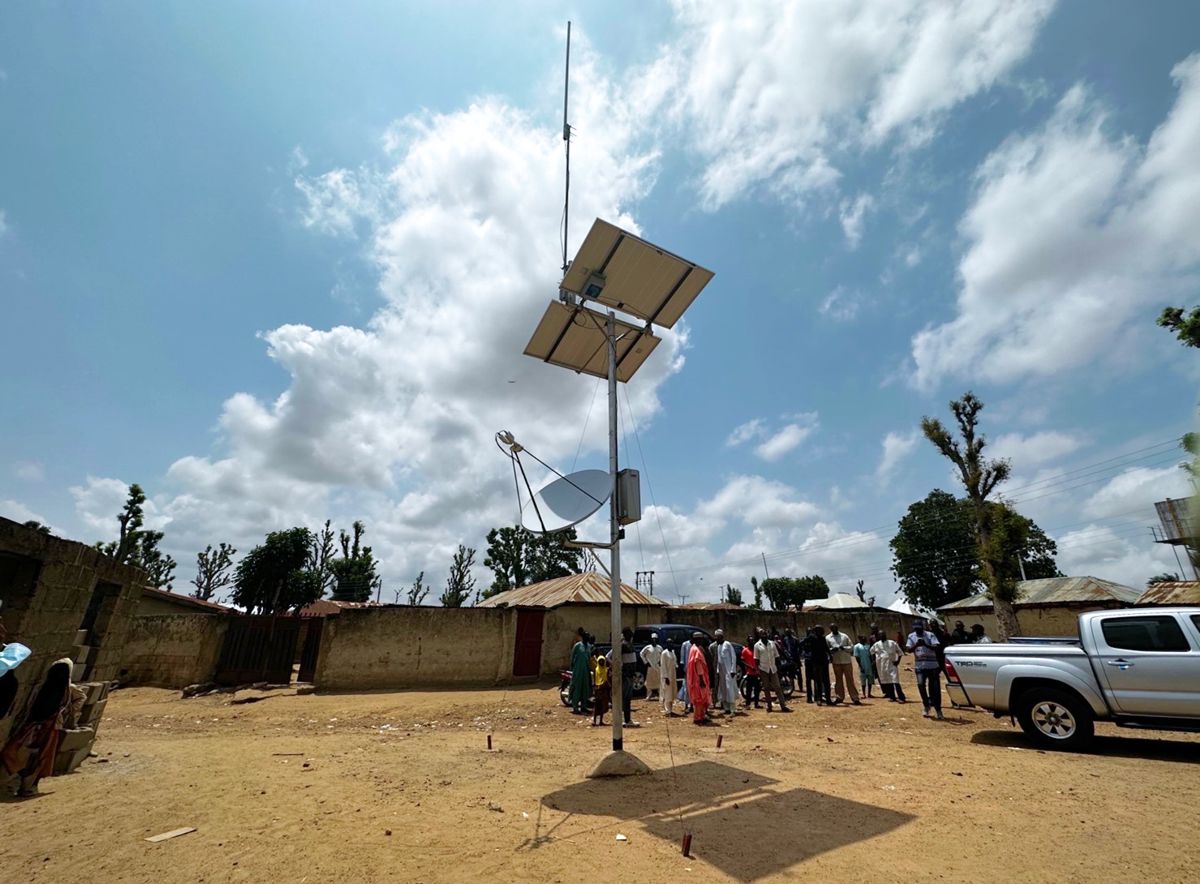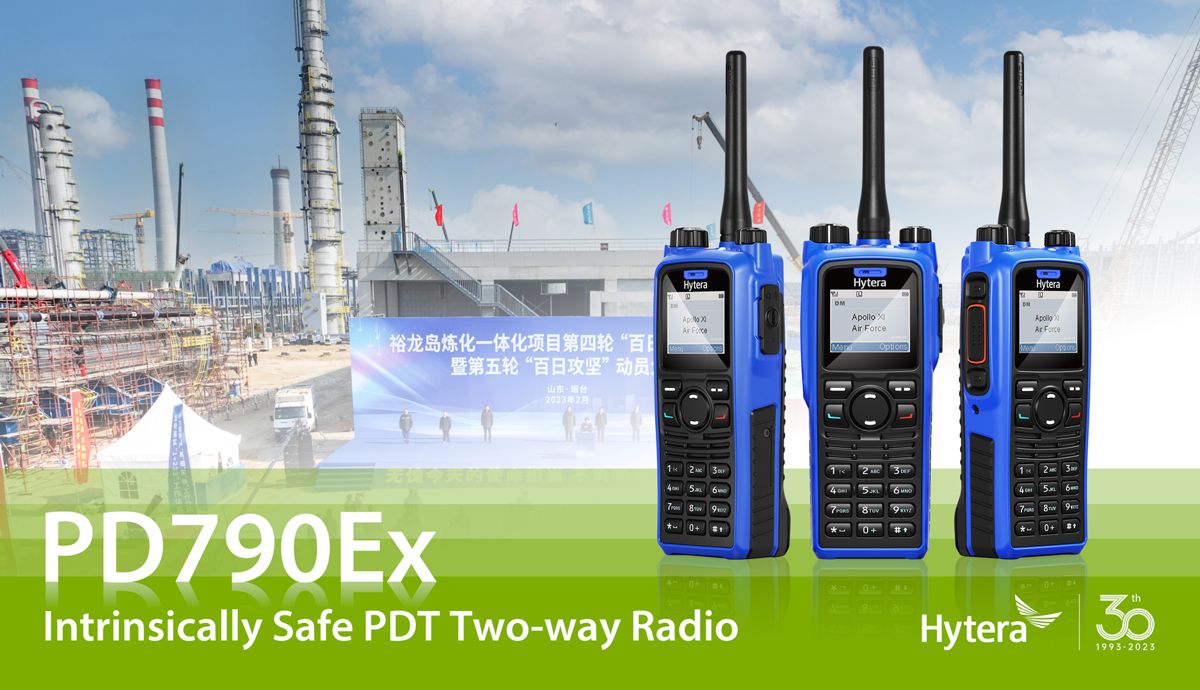Alternative vehicle detection for MIDAS magnetometer and radar-based detection
The Motorway Incident Detection and Automatic Signalling (MIDAS) system uses various types of vehicle detection technology to monitor traffic flow and speed. This is used to generate alerts for congestion on the road ahead and to drive variable speed limit signs such as those now being installed on smart motorways.
MIDAS was originally developed to identify queues on the strategic road network (SRN) automatically to quickly highlight an incident and reduce the likelihood of secondary incidents by warning drivers of a queue on the road ahead. These systems now also drive the variable speed limits on smart motorways.
Clearview Intelligence installed the very first MIDAS system in the UK on the M25 over 20 years ago. Since this first installation, MIDAS systems have been rolled out across many more parts of the SRN and form a key component of Highways England’s smart motorway programme.
The first installation used inductive loops to provide vehicle detection data to the MIDAS outstation. Inductive loops provide highly reliable vehicle detection information, but require installation in the carriageway, across all lanes with loop tails needing to be trailed back to the MIDAS outstation. As such their installation is time consuming and requires extensive closures and traffic management. Loops are also prone to failure through road degradation and can require frequent repair.
As the use of MIDAS system has been expanded over the last twenty years it’s not surprising that alternative vehicle detection technologies have been explored to overcome the issues with loops. The two most commonly used alternatives approved to Highways England specification MCH1529 for use in MIDAS systems are magnetometer and microwave/radar-based detection.
Magnetometer based vehicle detection such as our M100 Wireless Vehicle Detection system uses sensors that monitor the earth’s magnetic field and identify changes in it to identify the presence of a vehicle. This information is transmitted wirelessly back to the MIDAS outstation.
The magnetometer sensors are installed in a small hole in the centre of the carriageway. This means that installation time and so disruption to road users, is far less than with inductive loops.
Installation costs and disruption to road users is reduced further by the need only close one carriageway at a time. Road worker health and safety risks are also minimised through a reduction in time spent working in the road. Given the small size of the sensor, they also do not cause degradation issues with the road surface, as can be the case with inductive loops. They work in all weather, being unaffected by rain, fog, or snow.
Microwave or radar technology uses the transmission or reception of electromagnetic waves to detect the presence and speed of vehicles.
As these systems are typically installed at the side of the road, the carriageway can either remain open or require only partial closure. One detector can operate across multiple lanes and provides information only on vehicle speed and counts.
However, there have been some performance issues with radar systems prompting Highways England to issue a Radar Guidance and Commissioning Checklist back in summer 2017 stating that: “some issues have emerged with the performance of the devices”. This guidance aims to minimise problems resulting from issues with design, installation and commissioning.
Any operator that is considering a MIDAS installation should consult and consider all approved technology so that the best solution for the needs and location is chosen.




